In Photos: Animals That Mimic Plants
Orchid Mantis
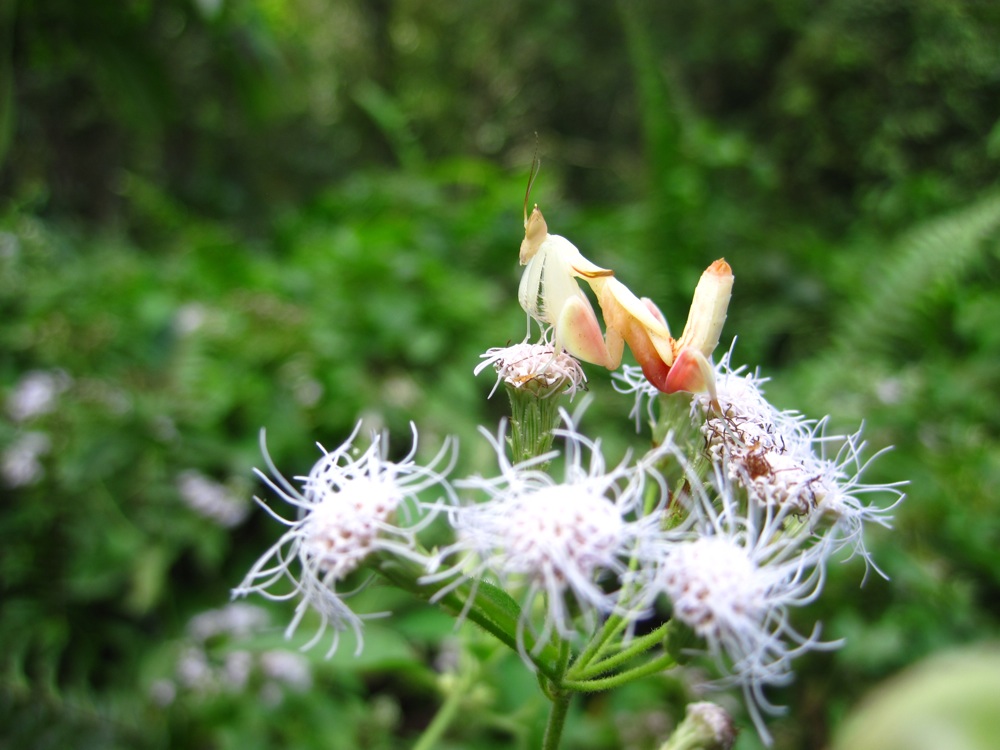
The orchid mantis, Hymenopus coronatus (a juvenile male, shown here), which resembles a flower, takes on this appearance in order to lure in prey, researchers say. In fact, orchid mantises are even better at drawing in insects than some actual blossoms; they not only look like flowers, but they also beat the petally beauties at their own game, scientists added.
Flowery Masquerade
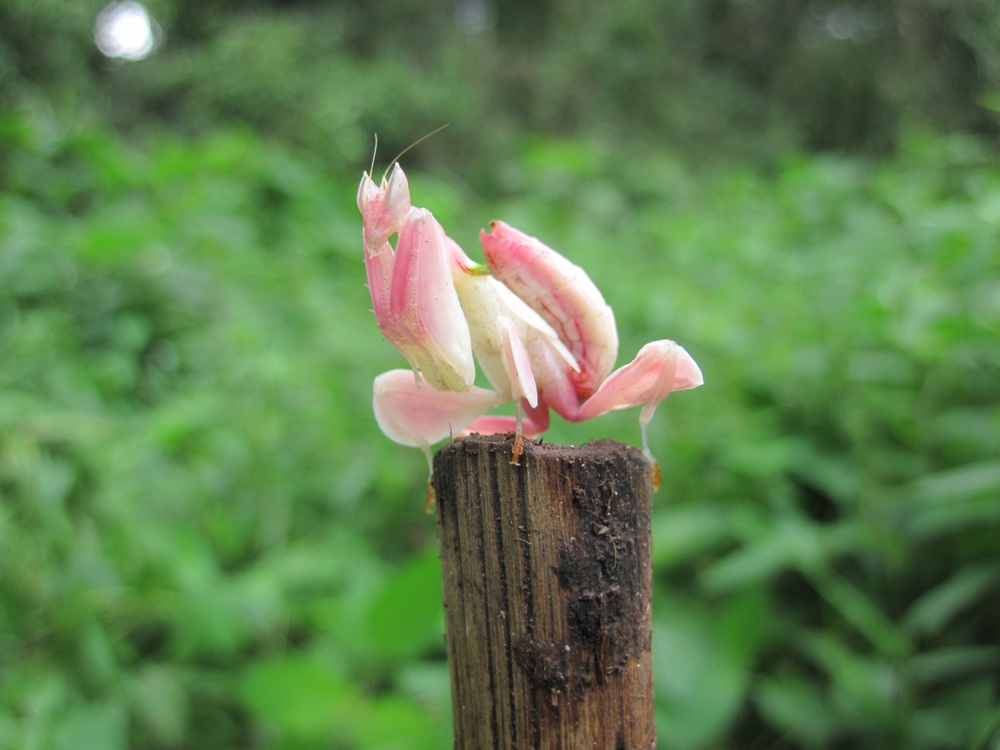
The orchid mantis (juvenile female, shown here) has a full flowery disguise, complete with legs shaped like petals, that is convincing enough for scientists to suggest this hunter not only uses the masquerade to hide from prey, but also to attract victims.
Nom Nom
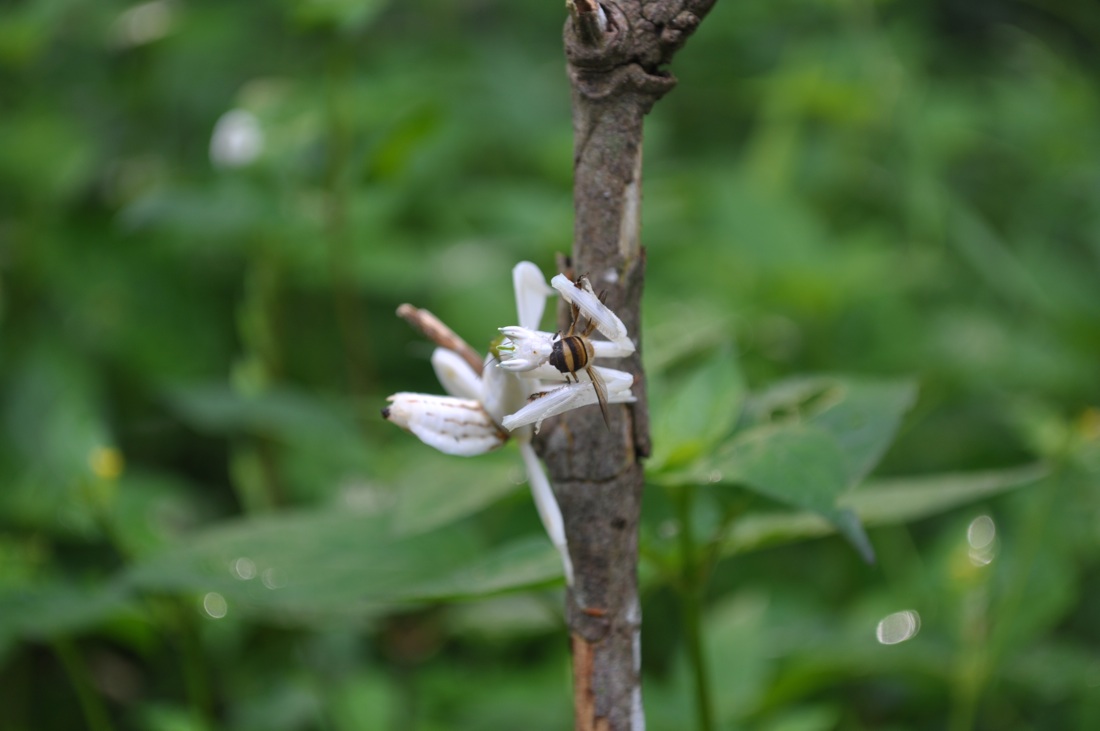
Scientists have championed the idea of the orchid mantis as an aggressive mimic since the 1800s; notably, it was first suggested by naturalist Alfred Russel Wallace, who, independent of Darwin, also conceived the theory of evolution through natural selection. However, this notion had never been confirmed, due in large part to how elusive the orchid mantis is, given how extremely rare it is even within its native habitat, the rainforests of Southeast Asia. Here, a juvenile female orchid mantis eating a bee.
Unsuspecting Pollinator
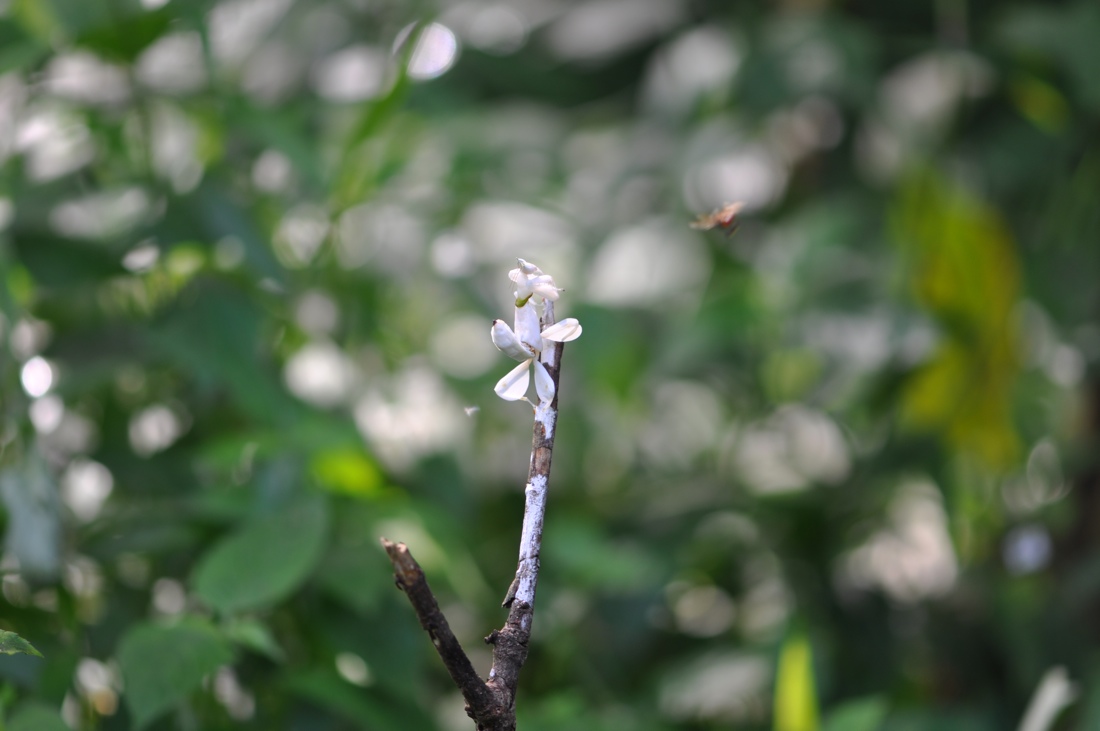
"Now, over a century later, we have textbooks and scientific articles stating that mantises mimic flowers as if it was an established fact. I felt it was my job to set the record straight and actually see whether this phenomenon was possible," said James O'Hanlon, an evolutionary biologist at Macquarie University in Sydney, Australia. Shown here, a pollinator is approaching an orchid mantis.
Flower Colors
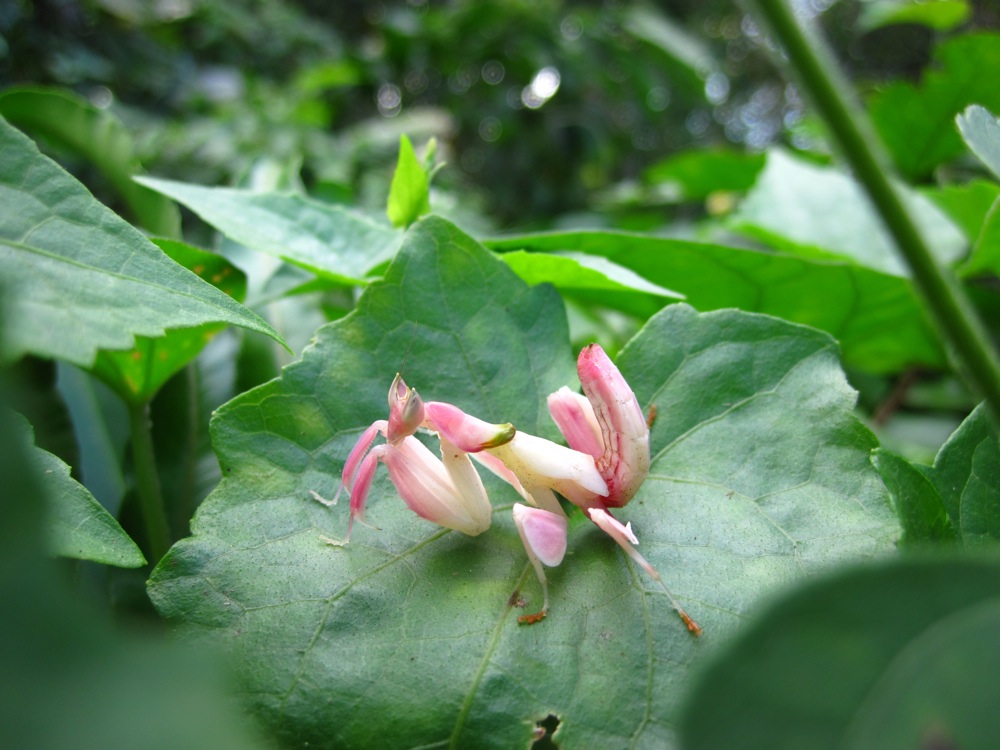
In their research in Malaysia, O'Hanlon and colleagues first confirmed the color of the orchid mantis (a juvenile female shown here) was indistinguishable from 13 species of wild flowers in the areas the predator lived. Researchers tested the colors under the wavelengths of light visible to the flying, pollinating insects most likely to visit the blossoms, such as bees and butterflies.
You're Mine
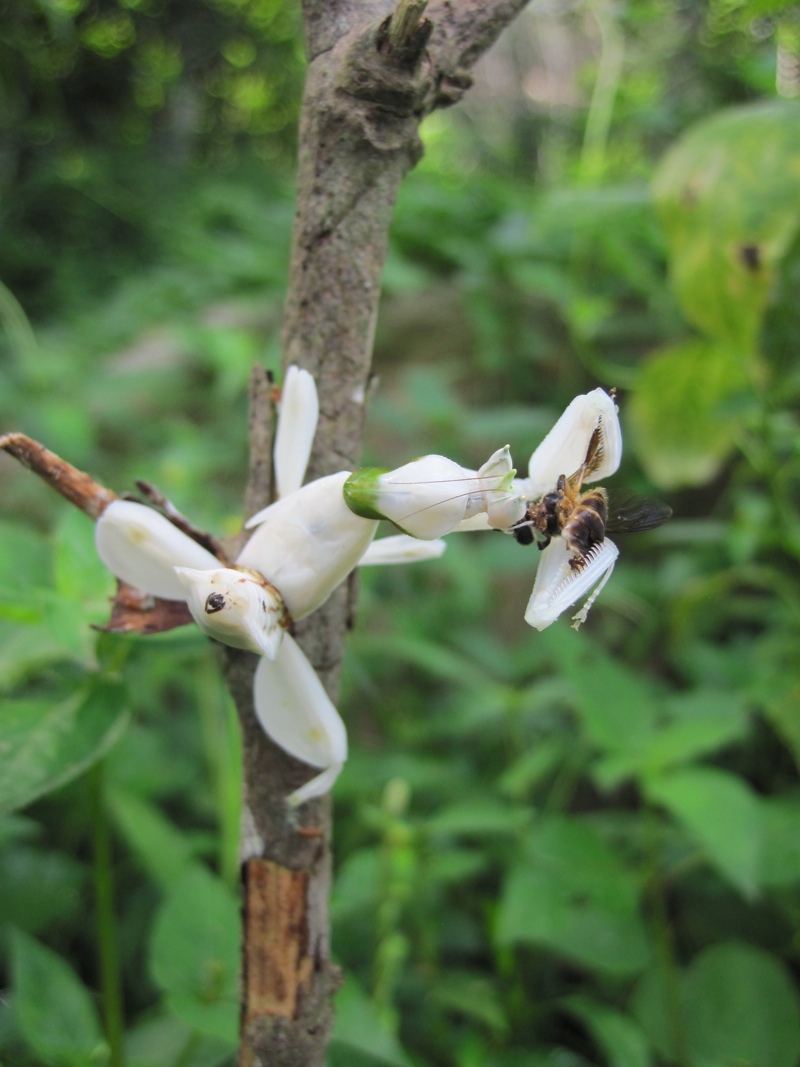
The scientists also watched how wild pollinators behaved around live orchid mantises in the forest. Researchers saw more than a dozen instances of flying insects getting close enough to orchid mantises for the hunters to snatch the unsuspecting prey out of the air. Here, a juvenile female eating a bee.
Orchid Mantis
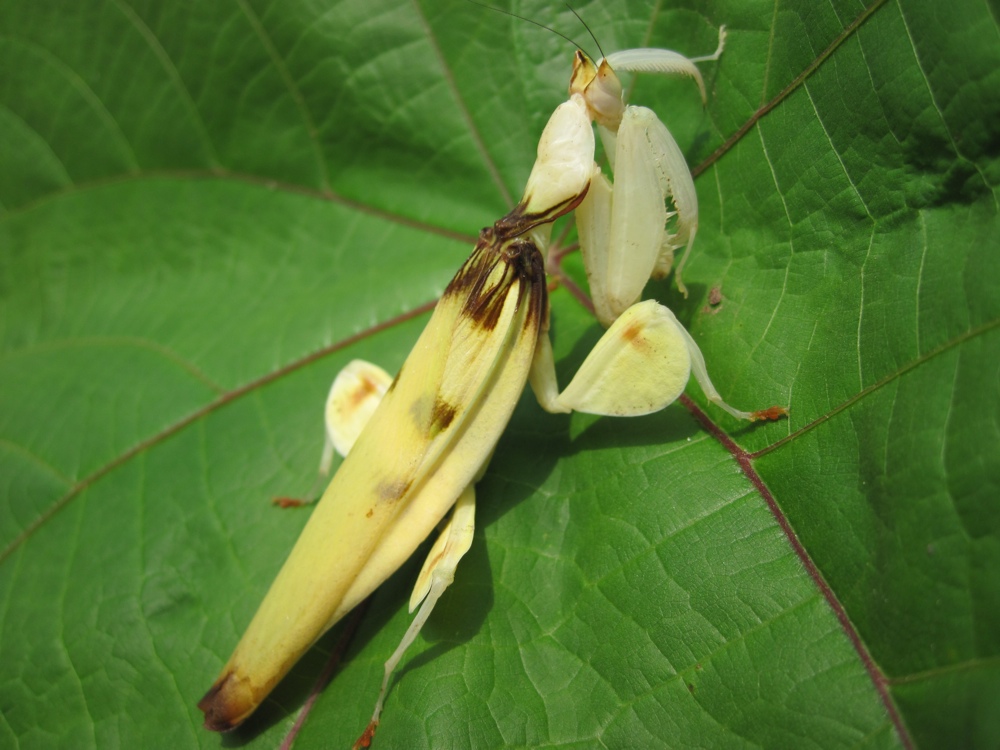
An adult female orchid mantis ( Hymenopus coronatus) on a leaf in the forest.
Sign up for the Live Science daily newsletter now
Get the world’s most fascinating discoveries delivered straight to your inbox.
Just Hangin' Out
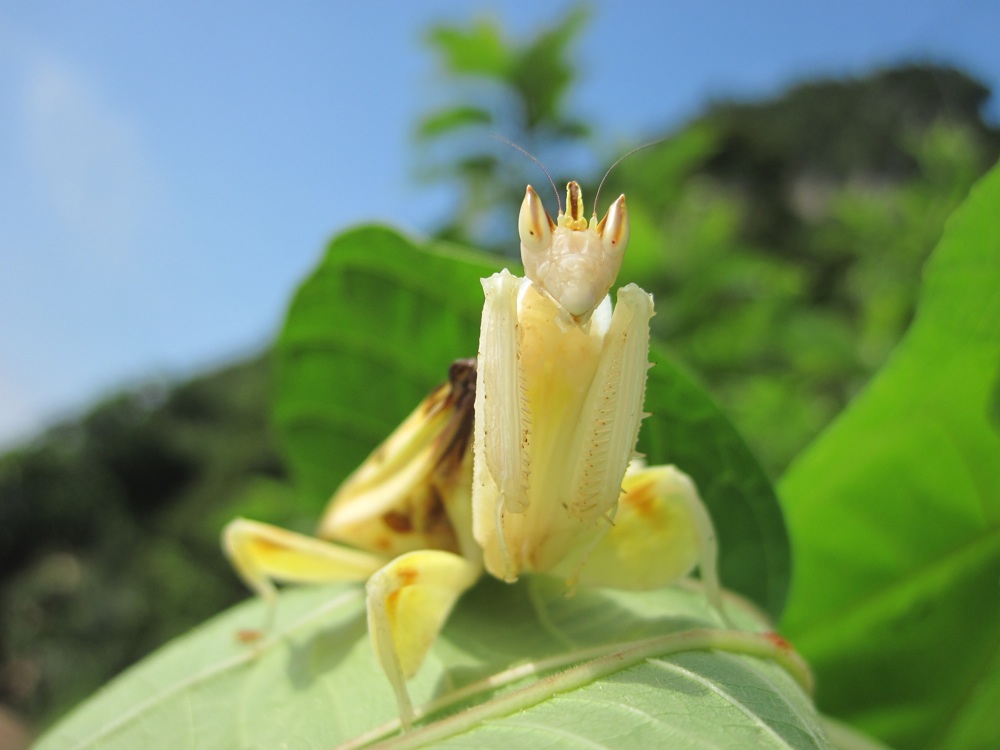
An adult female orchid mantis ( Hymenopus coronatus) on a leaf in the forest.
Butterfly Buffet
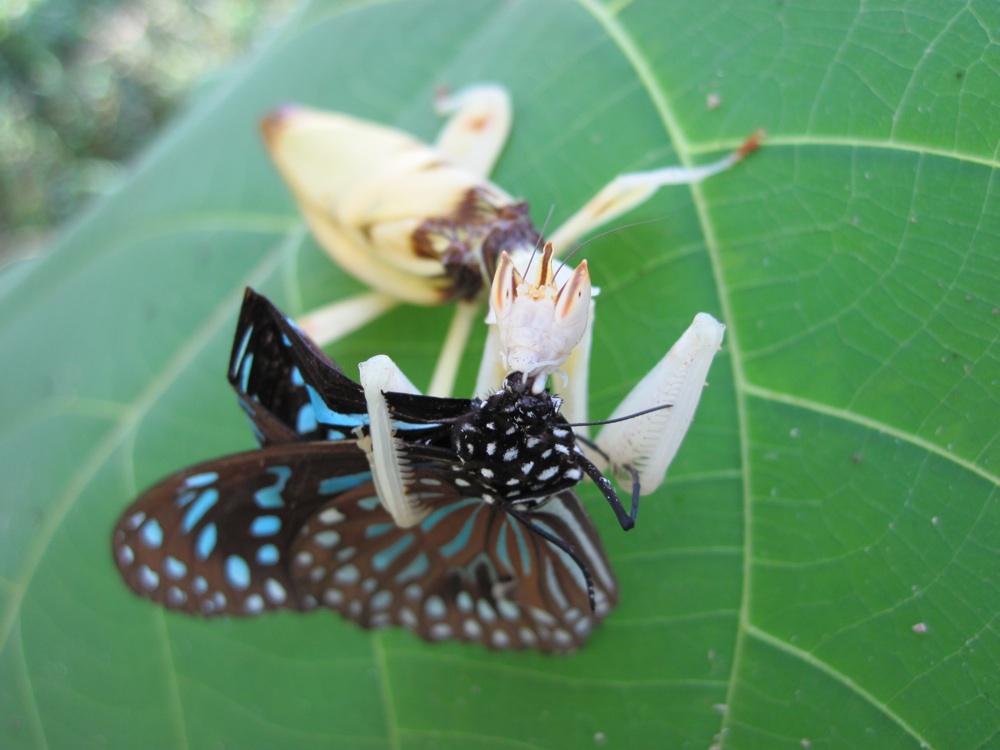
"We now know that not only is it possible for mantises to lure pollinators, but we know that they are amazingly good at it," O'Hanlon told LiveScience. "They can attract even more pollinators than some flowers. Here, an orchid mantis eating a butterfly.
Chomp!

An orchid mantis chomps down on a butterfly it just lured in with its flowery disguise.
Cinnamon Stick Insect
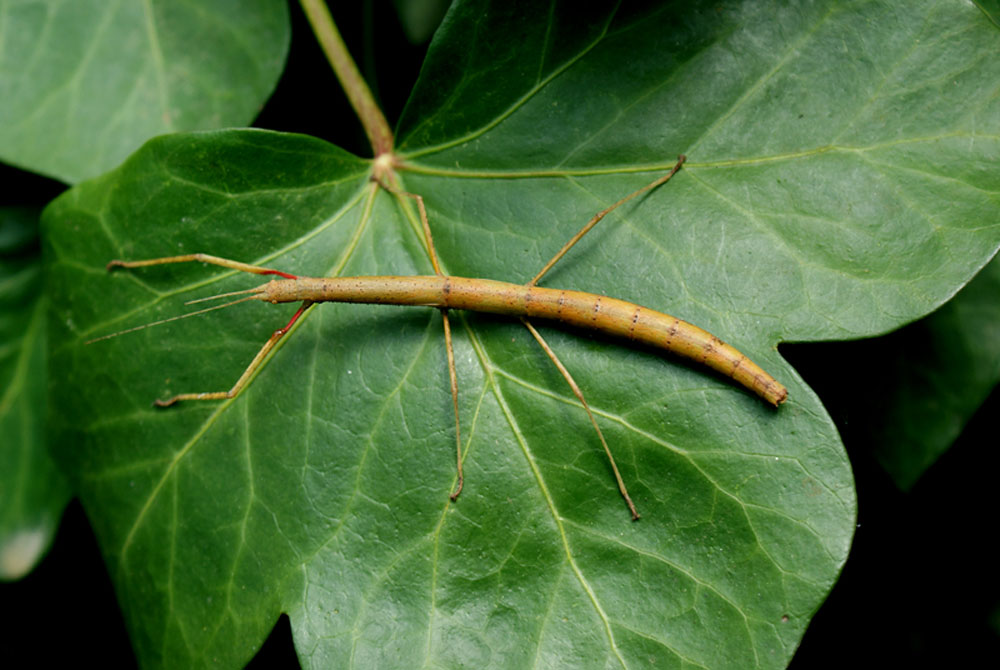
A variety of animals impersonate plants, such as the stick insect, which resembles a twig.











